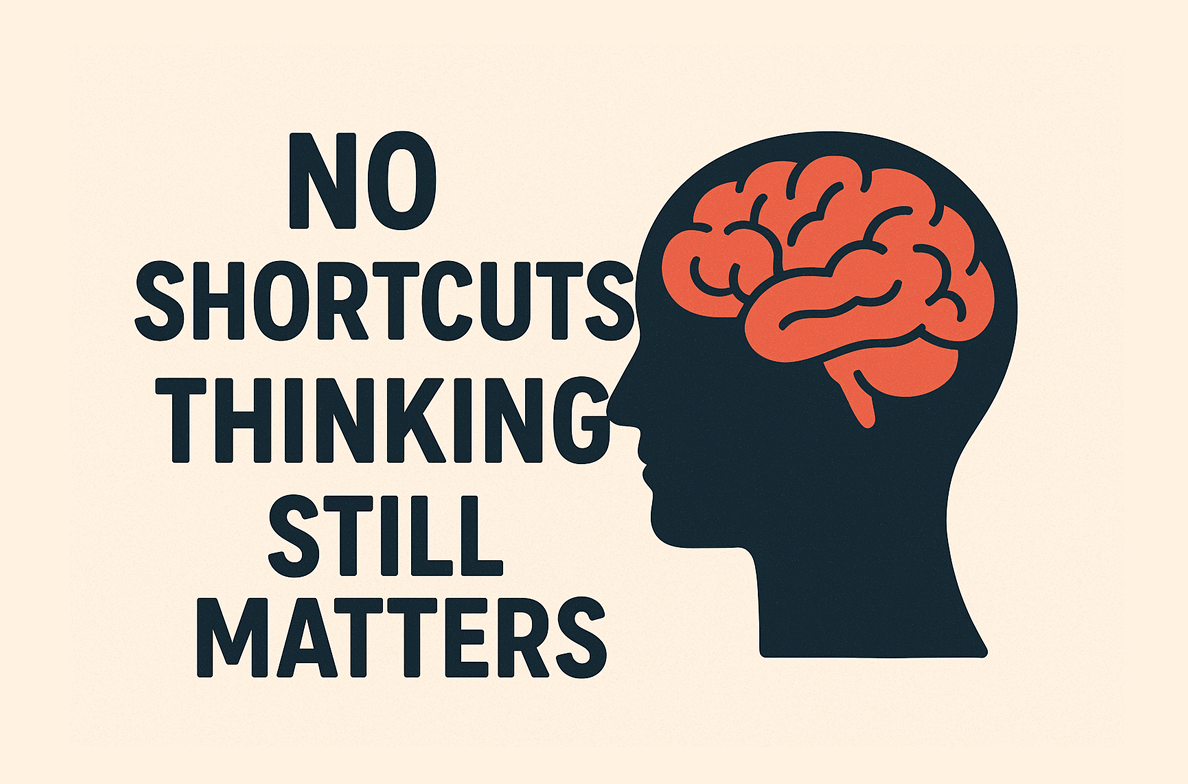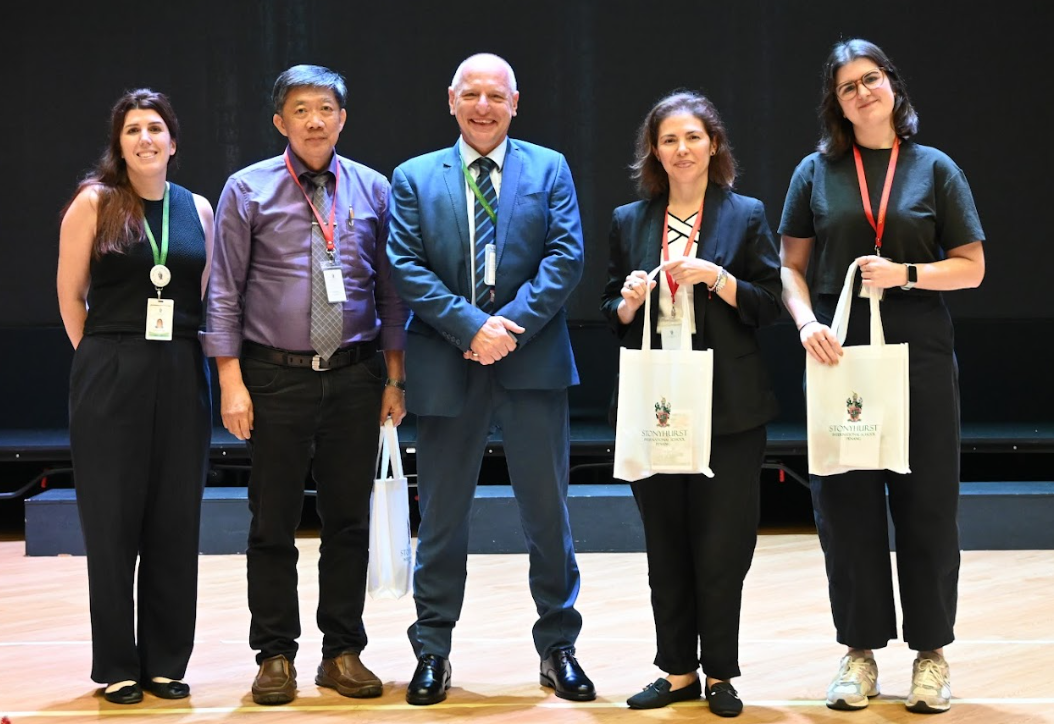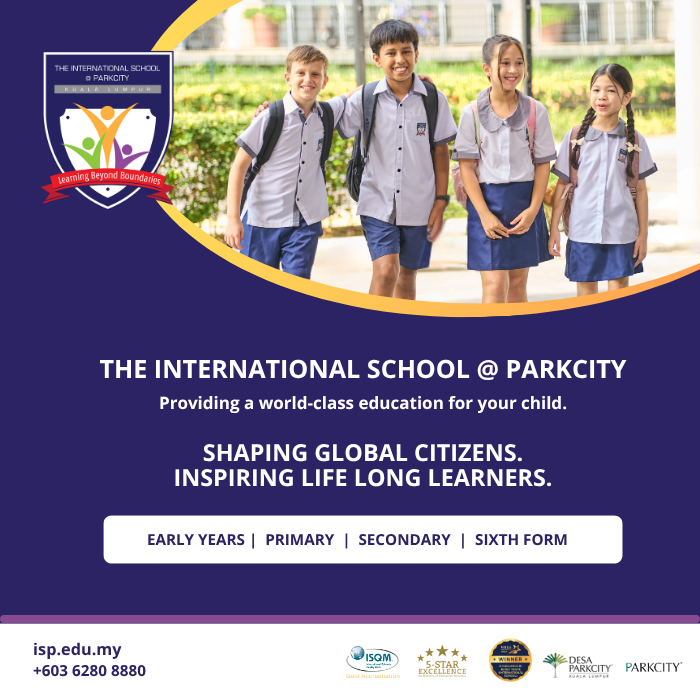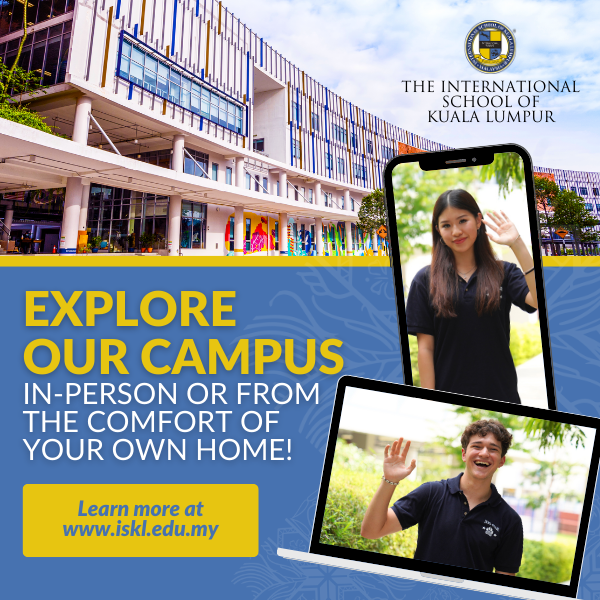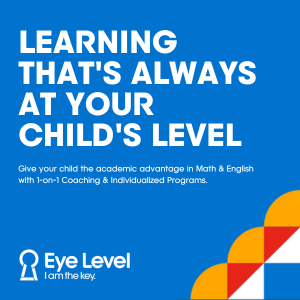In Malaysia, the only school offering the Canadian (Ontario) curriculum are Sunway International Schools (SIS) in Sunway City, Kuala Lumpur and Sunway Iskandar, Johor. To date, the reception has been excellent and the schools have been seeing continuous steady growth, even with the pandemic.
The Canadian education system has consistently outranked other English-speaking countries in the Programme for International Student Assessment (PISA) conducted by the Organisation for Economic Co-operation and Development (OECD). Every three years, the study measures 15 and 16-year-old students from 72 countries in science, mathematics and reading. Looking at past PISA results, Canada has been among the top countries as far back as 2003 and in more recent years, the Canadian education system ranked 2nd overall in 2018. Clearly, Canada’s public education system is consistently one of the best in the world. In fact, a study produced by the Economist Intelligence Unit in 2017, “Worldwide Educating for the Future Index”, ranked Canada 2nd in the world in terms of preparing students doe the future. Even with SIS being a private international school outside of Canada, families can rest assured that a high standard is consistently maintained. Not only is the school regulated by the Malaysian Ministry of Education but the school (Sunway City) is also inspected annually by the Ministry of Education Ontario.
Overall Structure
The curriculum begins with Kindergarten eight years of Elementary and four years of High School. upon completing High School, students then progress to tertiary education, omitting the need for a pre-university course, unlike other education systems such as the British and Malaysian education systems.
Kindergarten
Providing children with a foundation to start Grade 1, the two-year Ontario Kindergarten programme is an exciting, research-based, and progressive curriculum for both children and parents. In this engaging inquiry and play-based learning programme, children become curious learners, problem-solvers and collaborators, giving them a strong start in school and life,
Elementary School (Grades 1 to 8)
During this period, the focus is on developing a strong foundation for students in literacy, numeracy and learning skills. This is done through the four core subjects at the Elementary level – Math, English, the Arts, and Social Studies, students are also exposed to the richness of the rotary subjects including Healthy Active Living, Second Languages, and Science & Technology.
In Grades 1 to 6, the programme focuses on building a base that will help to identify each student’s potential. Students also discover more about themselves and begin to establish their self-identity as learners. In Grades 7 and 8, the programme focuses on preparing students for a smooth transition from elementary to High School.
High School (Grades 9 10 12)
The curriculum embodies the term personalised learning. In these four years, students have control over their education with a semester-based system. Just like in university, students take on subjects that are different each semester and do so with proper guidance and support from their family and teachers.
With the end goal of achieving the Ontario Secondary School Diploma (OSSD), students can choose from a range of subjects where they focus in four credit subjects each semester. To graduate and receive the OSSD, students must successfully complete 30 credits, pass the Ontario Secondary School Literacy Test, and earn a minimum of 40 hours of community service.
Grades 9 and 10 build a strong academic foundation and provide students with exposure to their subject options moving forward. Grades 11 and 12 are more specialised and prepare students for university education with in-depth coverage of concepts in all disciplines, here, the emphasis is on projects, assignments, field trips and independent and group work.
For more than 30 years, the Canadian programme at Sunway International School and College has produced more than 11,000 OSSD graduates who have been accepted into over 230 universities all around the world including the University of Toronto, Imperial College London, and Australian National University to name a few.
Core Values
What truly makes the Ontario Curriculum unique is how it prepares students for jobs that do not exist today by teaching skills and 21st century concepts in addition to content. The learning journey that students undertake allows them to take what they learn in one situation and apply it to other situations.
While there is no single best framework, the curriculum does focus on developing learning skills and work habits by fostering the development of the six Cs:
- Character Education: Honesty, self-regulation and responsibility, perseverance, empathy for others, self-confidence, personal health and well-being, career and life skills.
- Citizenship: Global knowledge, sensitivity to and respect for other cultures, active involvement in addressing issues of human and environmental sustainability.
- Communication: Effective communication orally, in writing and with a variety of digital tools, listening skills.
- Critical Thinking and Problem Solving: In the design and management of projects and decision-making.
- Collaboration: Ability to work in teams, to learn from and contribute to the learning of others and engage in social networking with diverse others.
- Creativity and Imagination: Economic and social entrepreneurial skills, willingness to consider and pursue novel ideas, and leadership for action.
By nurturing students to become learners on a deeper level and developing such core competencies, the curriculum seeks to transform the learners of today into the leaders of tomorrow.
Assessment and Evaluation
Instead of having one major assessment at the end of the year, assessment is an ongoing process that aims to improve student learning. Teachers obtain assessment information through a wide array of assessment practices which include a variety of means such as formal and informal observations, discussions, conversations, questioning, conferences, homework, group work/collaboration, demonstrations, projects, peer and self-assessments, self-reflections, tests, and more, in Ontario High School, final grades reflect a 70-30 split: 70% of the grade is determined by work completed throughout the course and 30% by final evaluations. The way assessment and evaluation is structured places responsibility not only on teachers but also on students; there is no final exam to cram for, but instead students are motivated to work hard and engage every day.
The three main approaches to assessments in the Canadian (Ontario) system are:
“Assessment FOR learning” – This happens daily in class. Teachers provide students with descriptive feedback and coaching for improvement which provides the basis for what students need to do next.
“Assessment AS learning” – Students develop their capacity to be independent learners, learn about themselves and become aware of how they learn, i.e. they become metacognitive, this is where students are challenged to examine their achievement and how they can improve.
“Assessment OF learning” – This is any formal assessment during the course which contributes to the final mark on a student’s report card.
Overall, students take ownership of their learning journey and develop into critical thinkers, problem-solvers, lifelong learners, global citizens, and confident leaders of tomorrow.
This article is contributed by Heath Kondro, the principal of Sunway International School.













